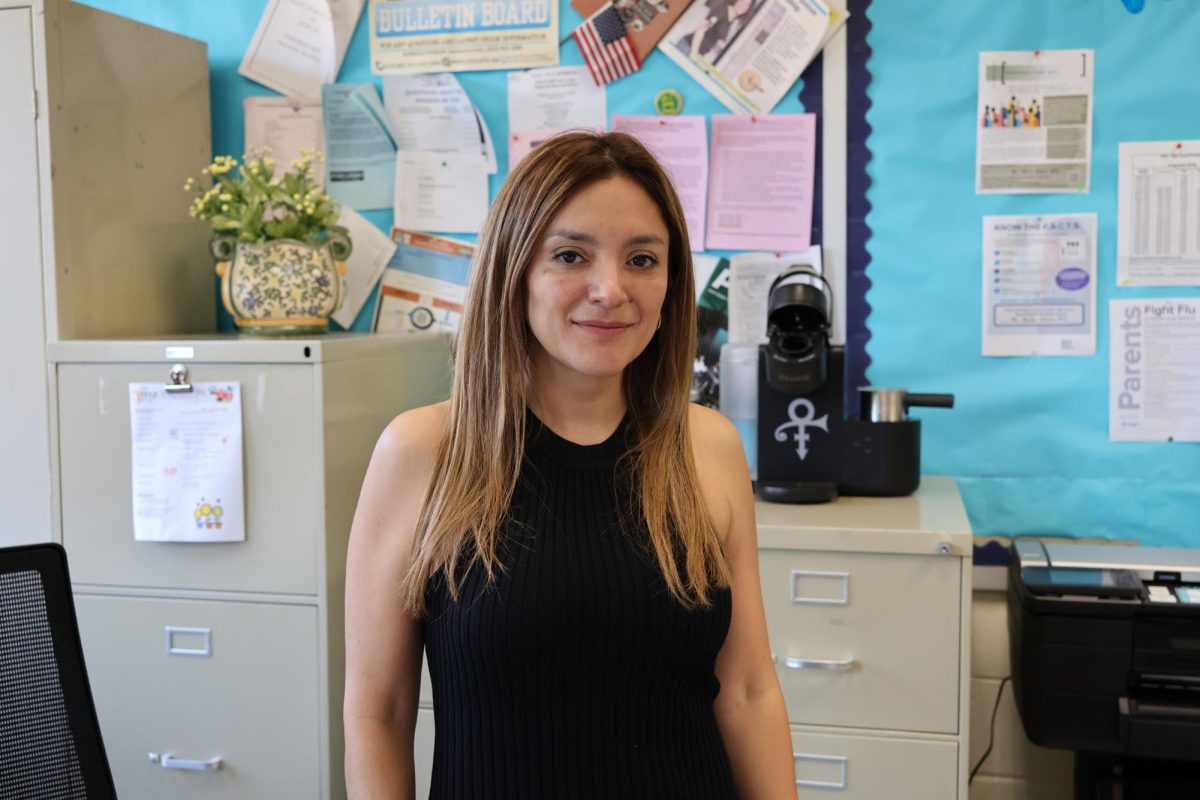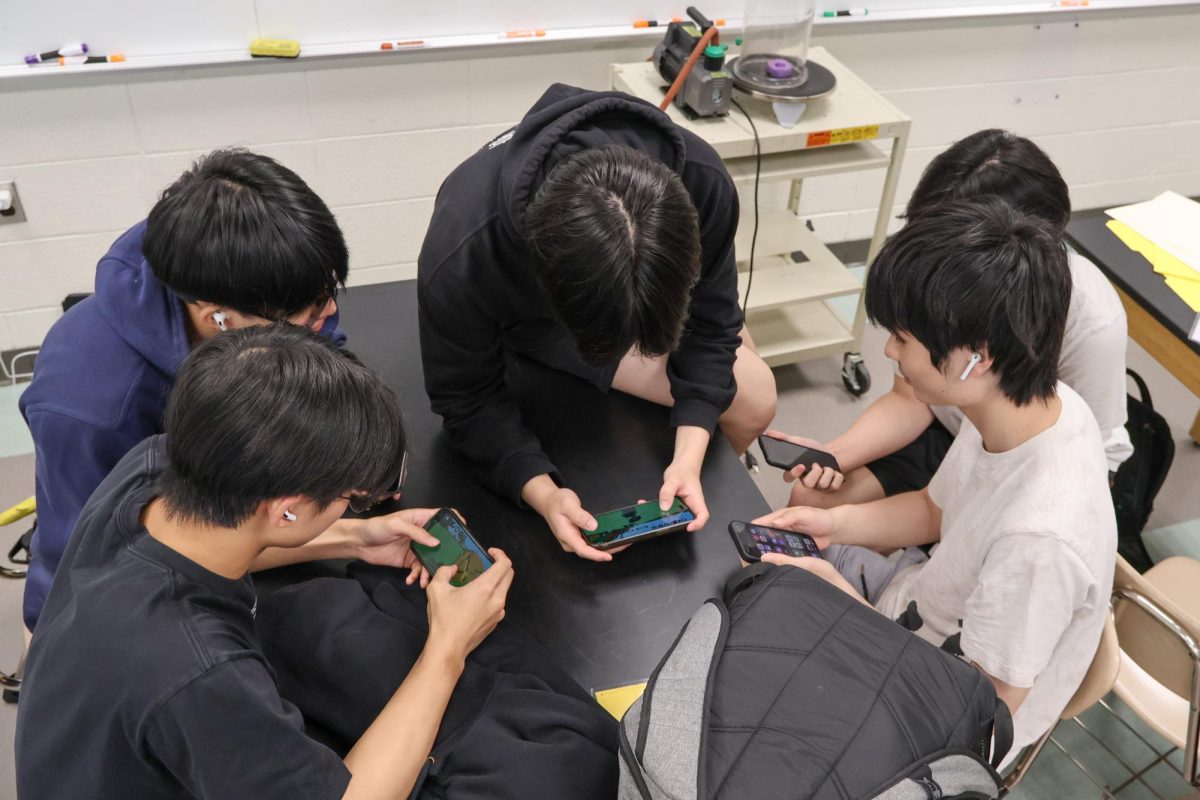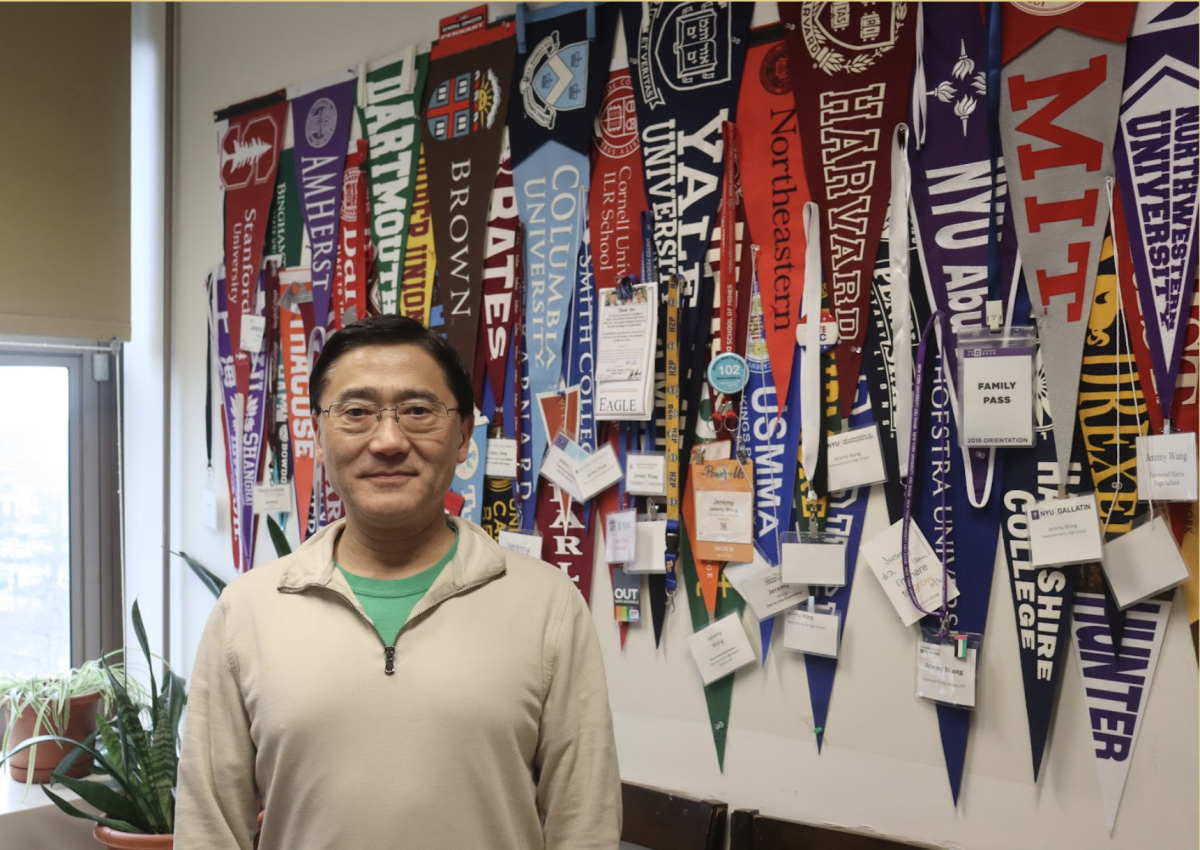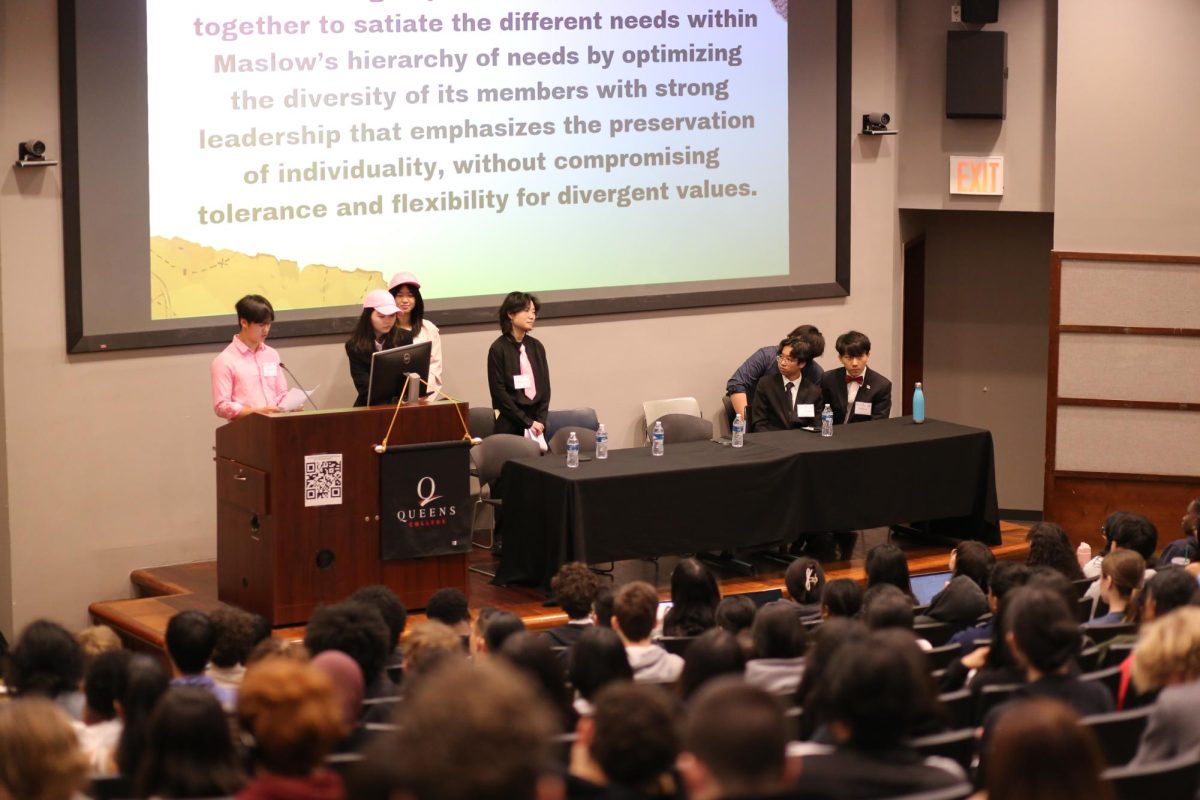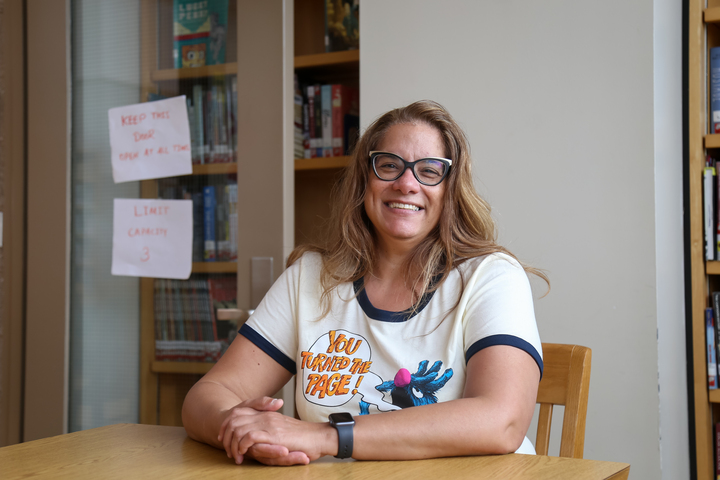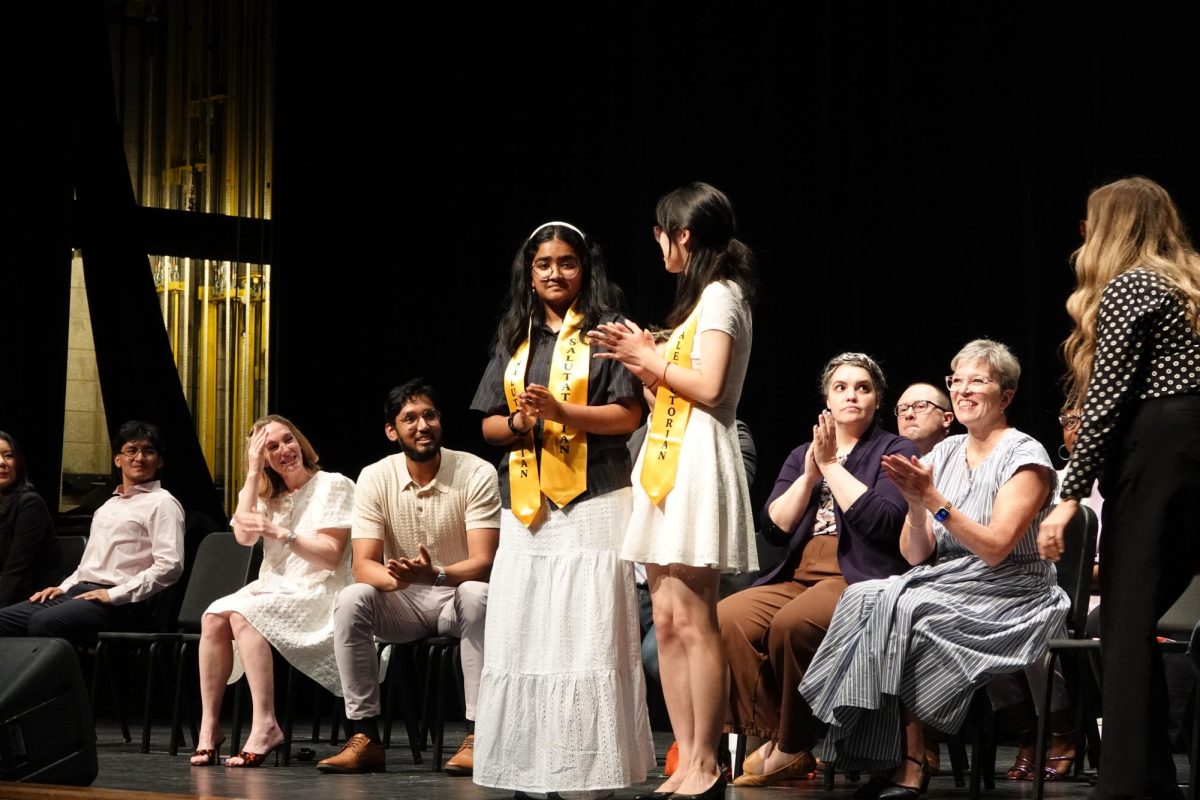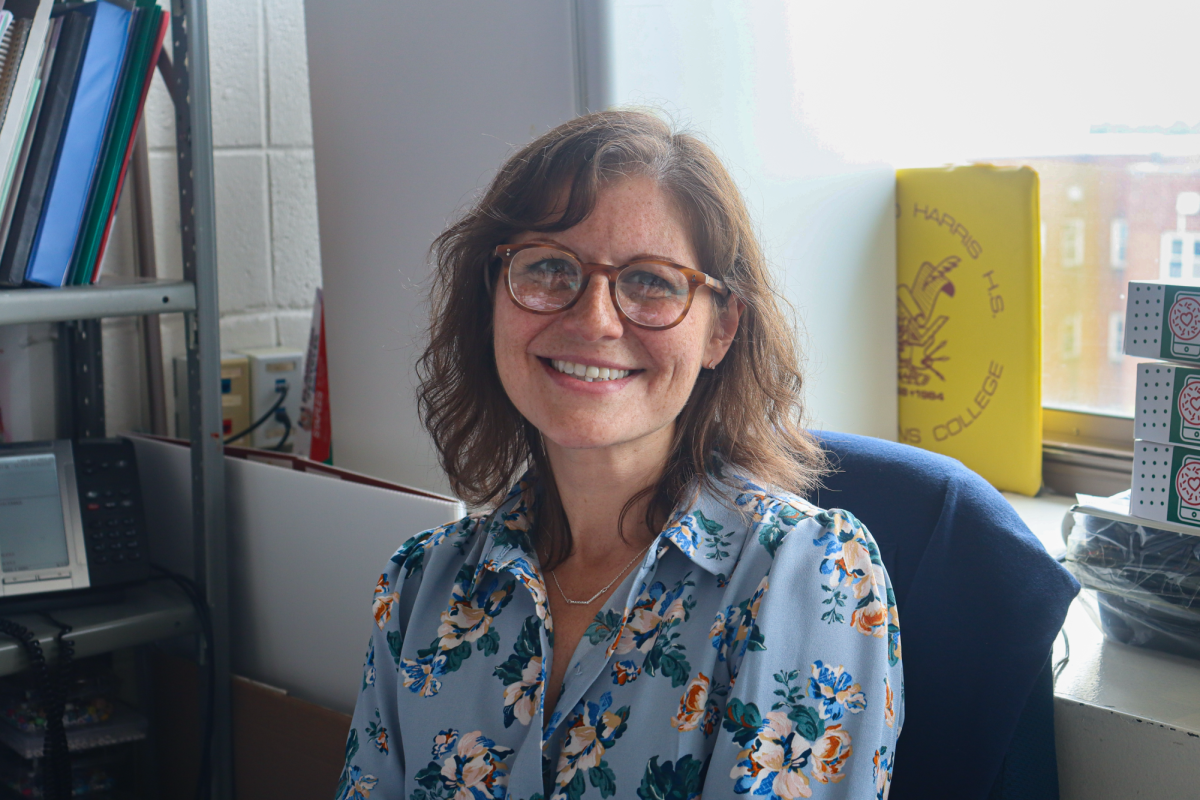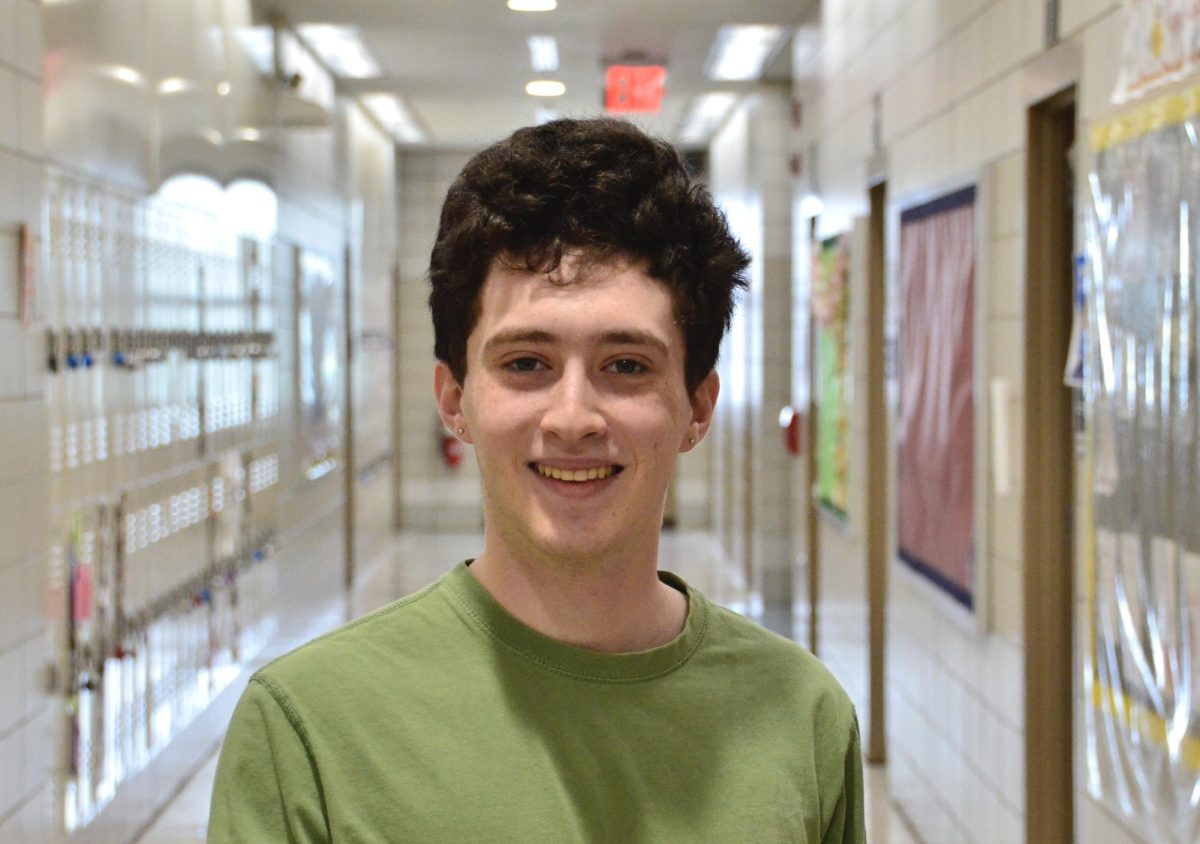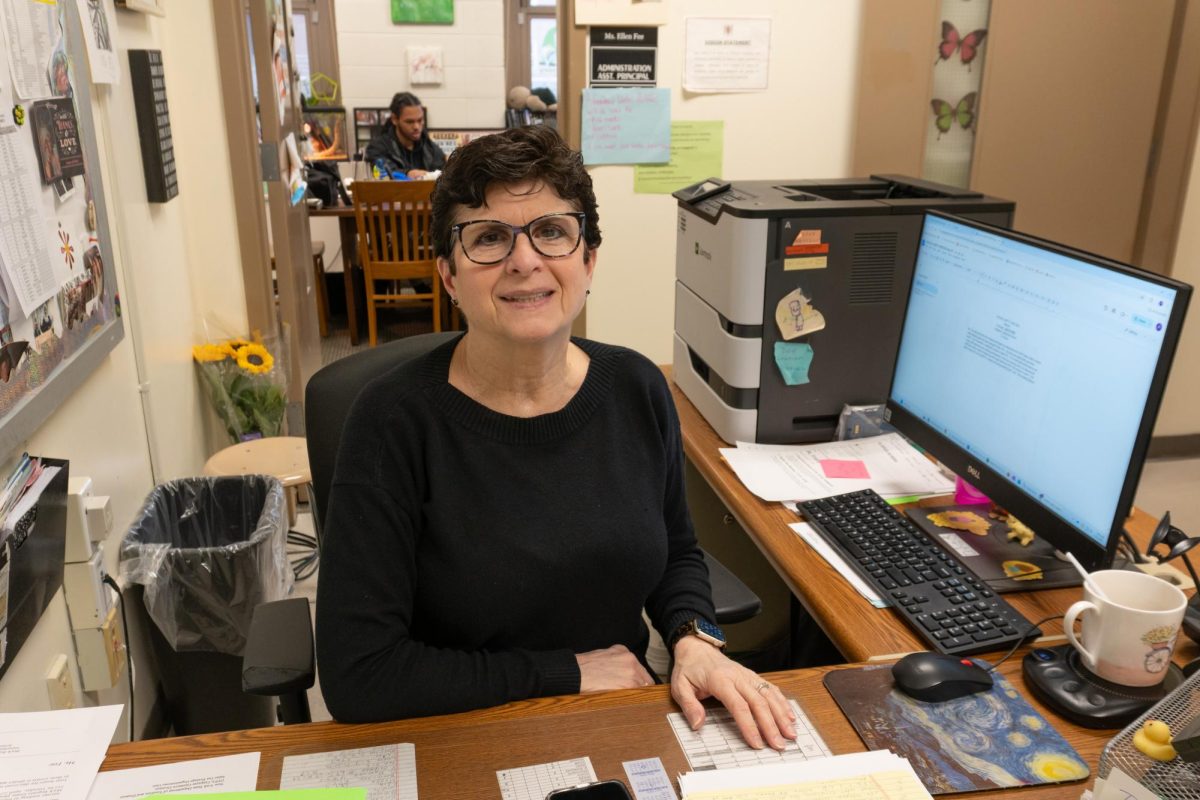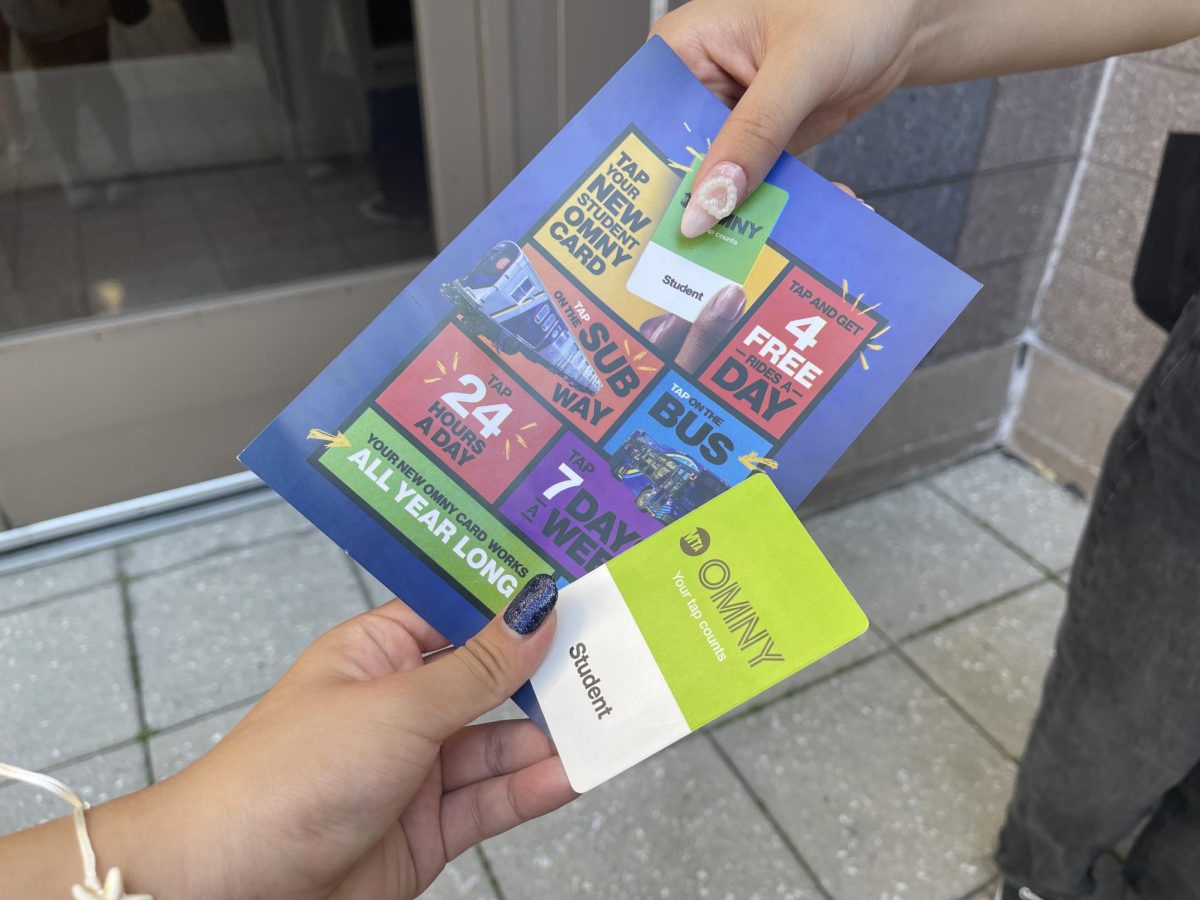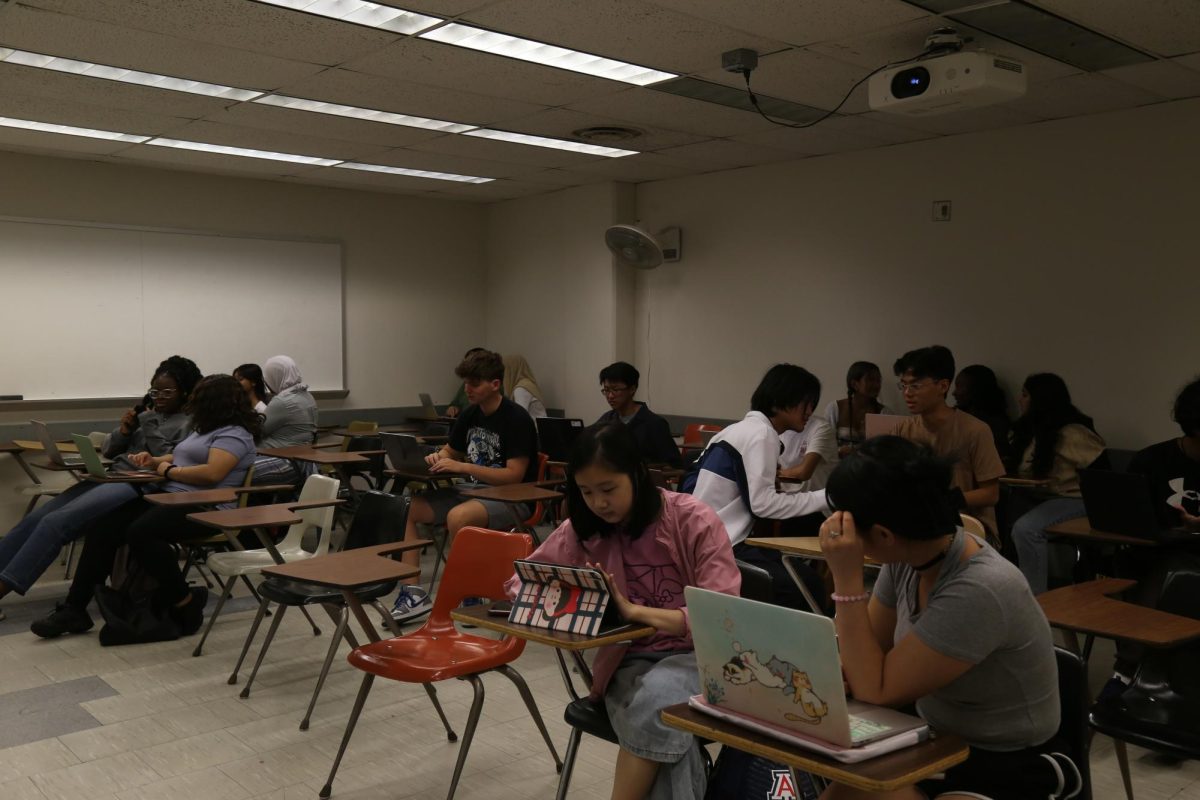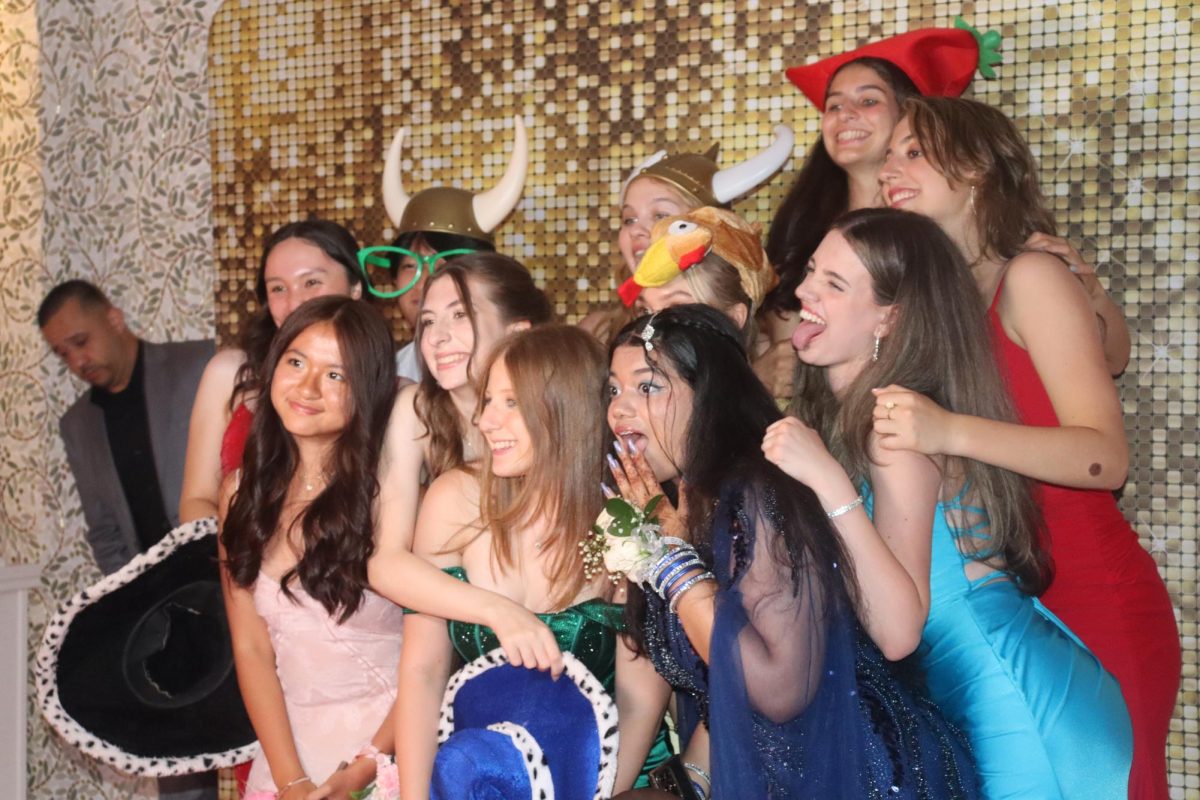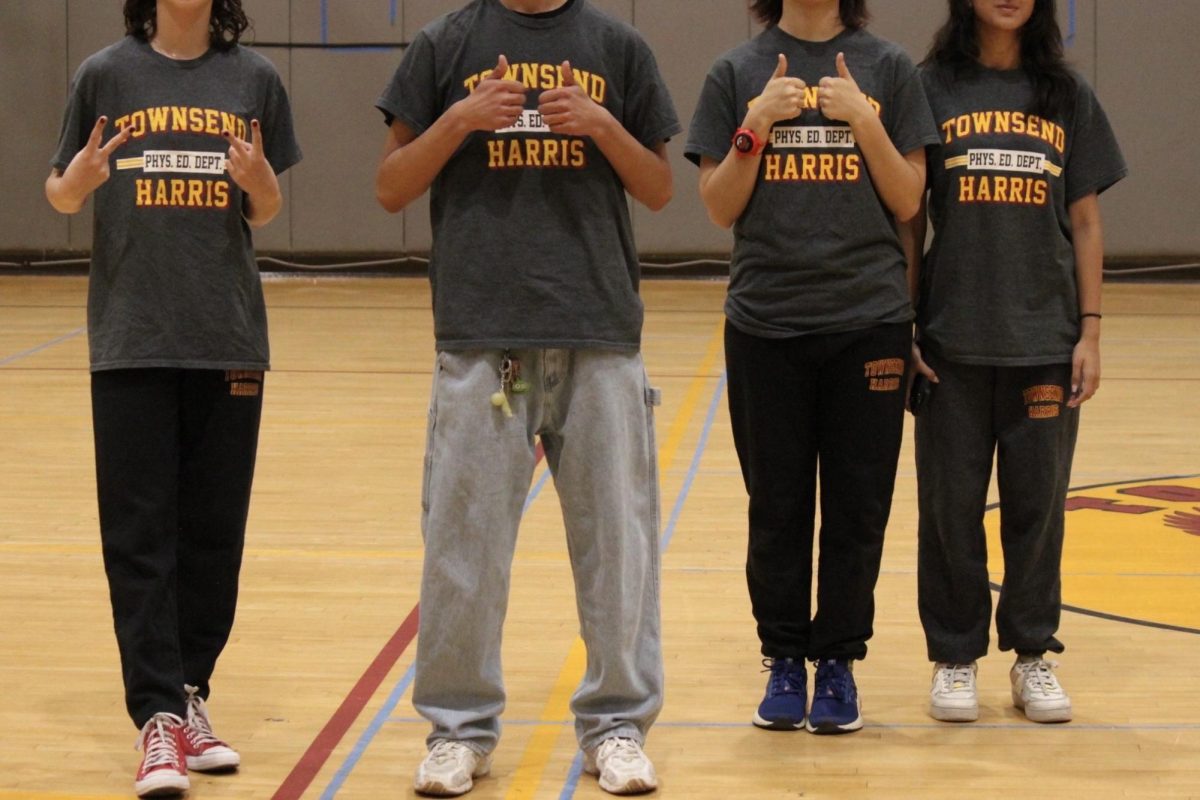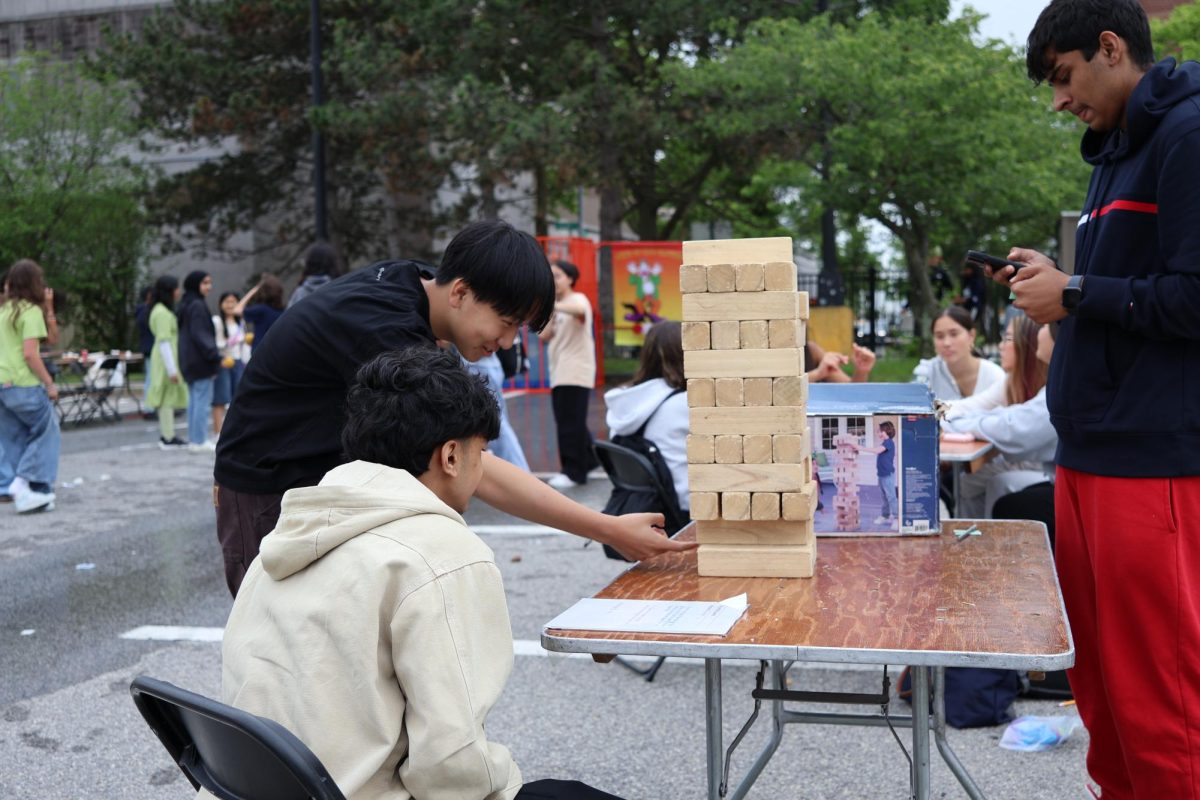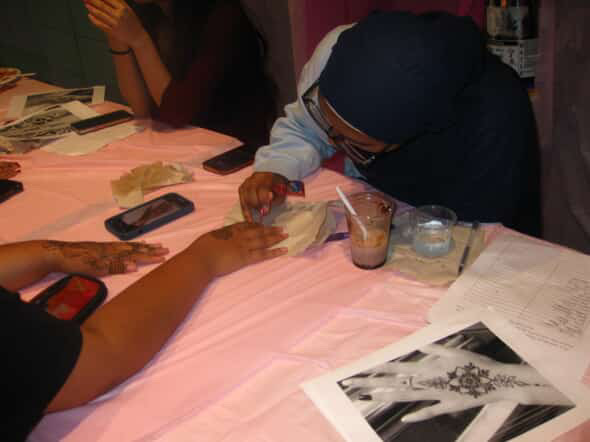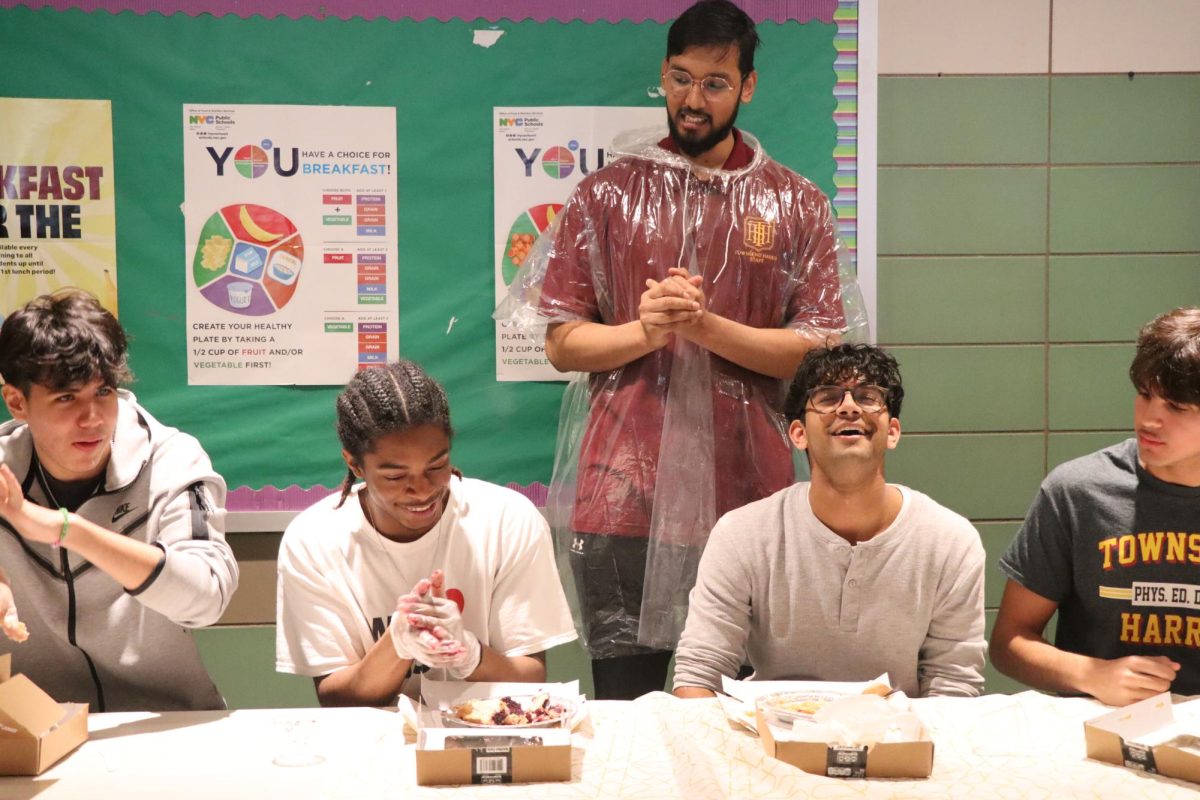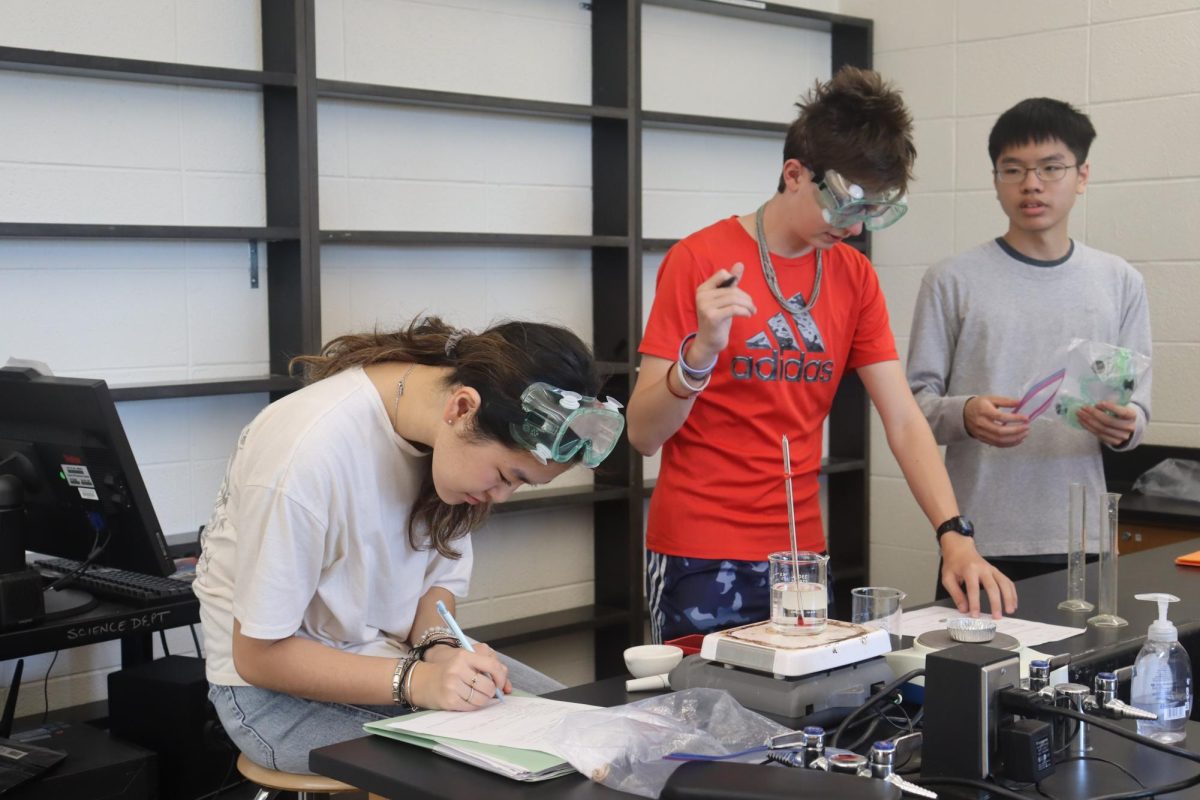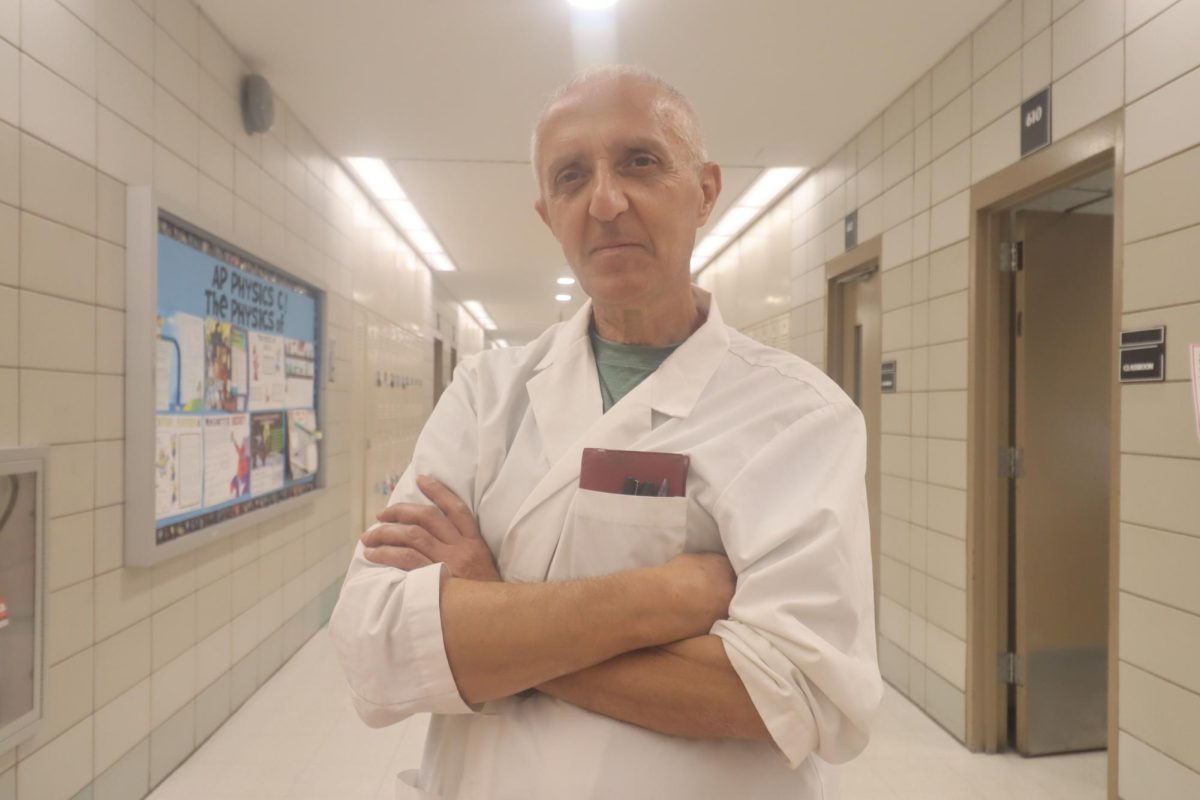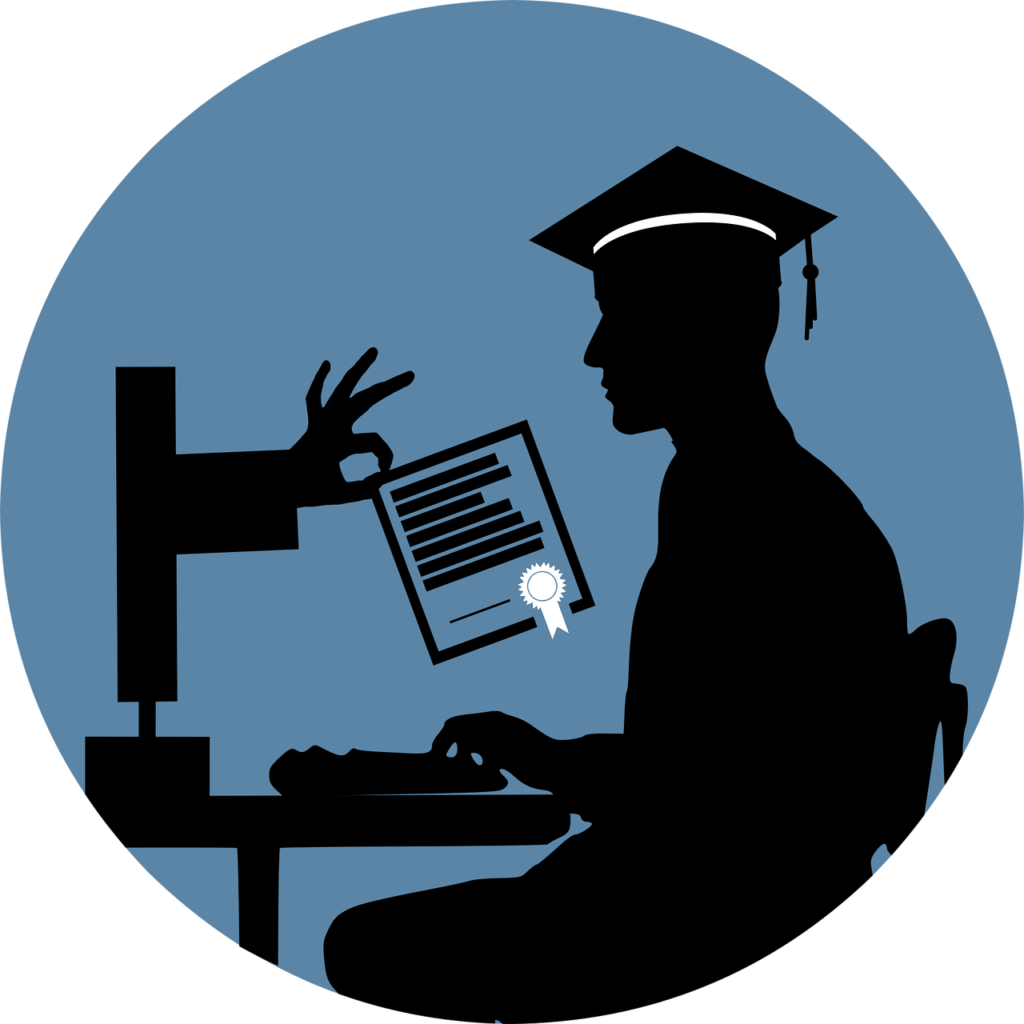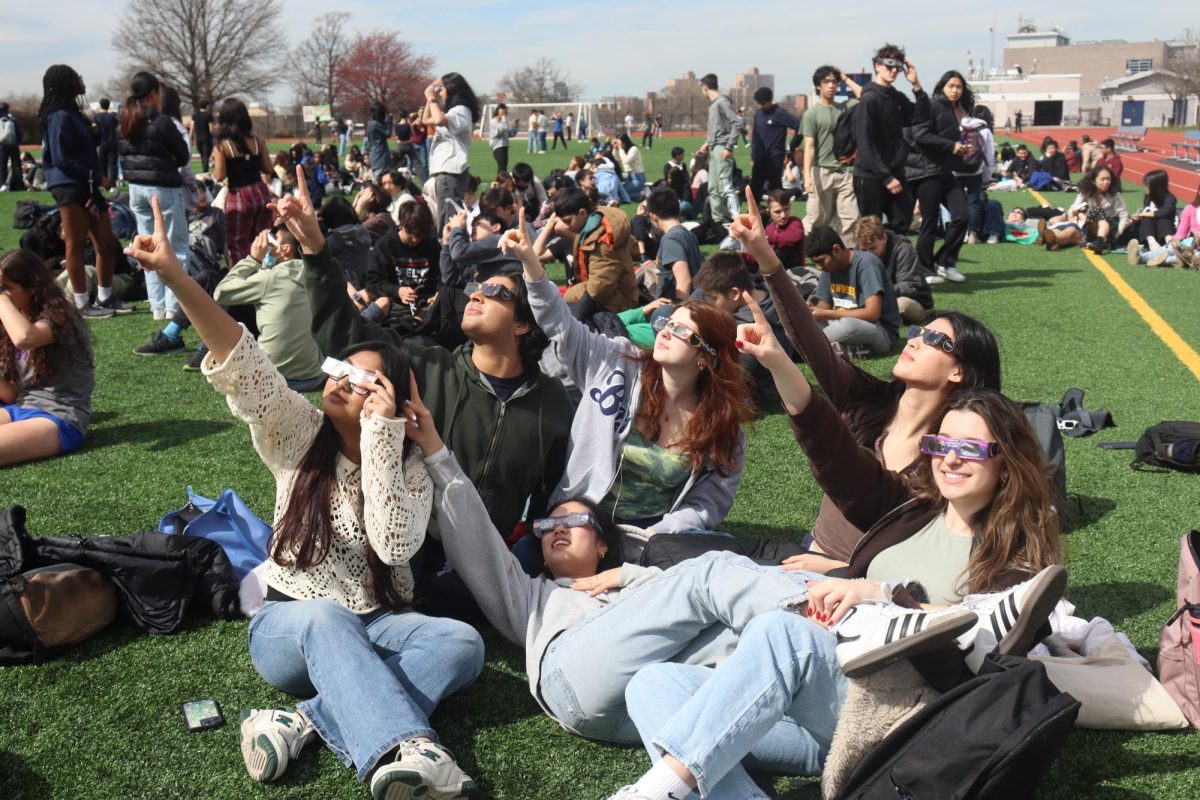
After The Classic’s previous article on cheating and testing during remote learning, we decided to follow up on the fundamentals of testing policy and remote learning pedagogy with Dr. Douglas Harrison, the Vice President and Dean at the School of Cybersecurity and Information Technology, University of Maryland’s Global Campus (UMGC). Harrison leads the university’s efforts to strengthen the security of online learning and testing.
Q: It was happening before the pandemic, but why do you think cheating has become such a potent concern right now?
A: Any time we go through drastic changes in how we do fundamental things as a society and culture, and education is one of those things, any time you dramatically introduce enormously rapid changes that we all had to go through last year and are still experiencing is unknown, and the unknown is fearful — it’s concerning to people. It’s a human instinct to be concerned about what we don’t know. We do know that some of the triggers for cheating are stress, pressure, and anxiety. And I can’t think of words that better describe the pandemic than those three. And so when you move both teachers and students alike into a dramatically new environment, even if you’re trying to recreate what’s going on face-to-face online, that’s a risk because it’s really not very easy to translate what you do face to face online, and not always the best thing to do from a learning perspective. There’s going to be a heightened propensity [to cheating]. So there’s always a baseline level of cheating that’s going to happen. That’s unfortunate, I think we all wish it weren’t the case, but cheating has been around as long as learning has been around because there are flaws in human nature, and weaknesses.
The old traditional objective multiple choice, true/false exam, pedagogically, no matter what your mode – face to face, online, hybrid, synchronous, asynchronous – whatever modality – the learning science is very clear that those are not very good ways to effectively assess what students have learned. And, I think there’s a perception that those tests when you give them in a face-to-face classroom are comparatively more secure because the teacher can act as essentially the surveillance and proctoring by their presence in the room. But we know that lots of cheating is already going on in those environments, and largely because those exams and tests aren’t really as effectively engaging students to want to demonstrate what they know. Really effective assessments lets students show what they know, and exams really let them show what they remember or have memorized. And when you signal to students that all you care about is does everybody remember the same thing in the same way, it signals to the student whether we mean it or not as teachers – “we don’t really want you to have the best way to show what you know.” We know psychologically, the research is really clear that when students don’t feel like the assessments or learning-process isn’t really designed to engage them, they’ll be more likely to say “hey, this isn’t worth authentic contributions from me.”
Q: Why do you think we have more difficulty transitioning into more authentic assessments and straying from traditional ones?
A: We do what we know. There is, in both higher education and K-12, often workload considerations, and I don’t mean that as an excuse, but often if you’re dealing with hundreds of students there’s a tension between trying to teach and learn in the most authentic way and give effective assessments and what can be manageably contained. For single instructors, there’s those pressures.
But there’s also the question of assessment design – It’s as much as a mind shift from where the locus of control and power is in learning. To really embody the ethos and the practice of authentic assessment requires a classroom to shift the locus and center of authority and power away from primarily the instructor and give a lot of that power and trust to students. To allow them to construct with you how it is most effective for them to demonstrate what they know. It’s one thing to say “Everyone has to take this 45 item exam on March the second from 10:00 to 10:50 a.m., and that’s going to be 30% of your grade.” That is easy in terms of administrative management and is also clear. But it sets up this adversarial relationship between the student and the instructor that they’re in some implicit confrontation with each other. “I’m here to be the integrity police and I’m always already assuming you’re about to cheat,” right. No one feels empowered to learn in that environment. One of the problems is the mind shift of surrendering the control of the learning, at least a good measure of it, so that it is a partnership between the student and the instructor.
I taught writing and literature for many years before I started working in this field [learning science], and it was hard for me to move away from the traditional essay and to have conversations and take the time with my students. But then it’s a question of how can you [as a student] effectively demonstrate what you know to me and each-other when you finish that learning unit so we’re co-constructing. People end up doing different things – some people do videos, some people write reflections, and others write plays that dramatize their interaction with the literature. That was a very difficult thing for me to trust them to construct the framework they would demonstrate. It’s a surrender of control, and it’s very hard, and I don’t mean that critically. It’s essential because instructors have such a place of responsibility and a lot of people feel like that responsibility means they have to hang on to all that control in order to be effective.
Q: To build that student-teacher partnership that you mentioned, how can we accomplish this when another obstacle that’s been omnipresent in the virtual classroom is the issue of engagement?
A: We spend so much of our time in front of these screens and there are some advantages. I’ll say that, from a diversity, accessibility, and inclusion perspective, it gives a lot more students a lot more ways to engage. In a classroom, one of the things I often talk to my faculty about is when you’re in a face-to-face classroom, you don’t even realize how much constant monitoring you’re doing of individuals by body language and nonverbal signals to understand where they are in terms of their engagement. When you’re online, you don’t have a lot of that. Even in a screen-based environment, you’re only getting a part of those signals. We have to be more intentional about creating what in learning science is called a social presence. One of the ways to get at your question is to have very intentional conversations with students before you start any kind of learning. At the beginning of the course, and throughout it. There have to be places where we stop and talk about how we’re learning here. This is very different for all of us. And let’s talk about some ground rules. What would be the most effective way for people to participate? How would you get the most out of it? If students want more of those authentic discussions, then what’s the most effective way to do that? You can’t have a good discussion if everyone’s on blank or I’m seeing the picture of your cat as your profile picture and you’re on mute. First of all, it’s about bringing people in, and helping them co-construct the ground rules. And then let’s all agree that these are the ground rules, this is what we are all going to agree to. I don’t think you should ask people to be on the screen 100% of the time, it’s unrealistic. We’re all learning in strange environments. When I call on you or you have something to say, please turn your camera and microphone on, for example.
(Further reading: The Effects of Remote Learning on the Brain: Is It Hindering Learning by Sohini Alim)
That’s one part of it. The second is for the instructor to bring students into why it is we’re doing what we’re doing. Often as teachers we assume that either students get it, or they [students] trust us that the reason that we’re doing what we’re doing makes sense. And that’s just not true. It’s not obvious to students why we do what we do. Why we’re having a discussion now, vs a quiz. We have to be very clear about why we do what we do. Intentionally, this is called milestoning and scaffolding. To milestone and scaffold the learning experience so that students know why they’re doing and what the payoff is. That gets to integrity because if people know why they’re doing it even if they don’t love it, they are more likely to care about it and see that it matters, and less likely to resort to Google.
Q: From a pedagogical perspective, what can we take away from the remote learning experience? What will the future of education look like post-pandemic?
One of them is that students really can tell, no matter the modality, how invested the learning experience is in their success. And part of what was exposed in this dramatic shift online is how hard it is to create authentic teaching and learning experiences. This isn’t to come down hard on teachers who are doing the best they can in often very difficult circumstances. [Although the relatively small class size average at Townsend, thirty people] is still a lot of people. When you try to do that and do it online in a mode that’s new, we’re always going to have some disconnect. But I think that it’s very critical to create a space for students to feel they can be engaged because that sense of belonging to the learning experience, we know, is a really crucial disincentivizer to cheat. If you care about what you’re doing, if you think other people care, you’re less likely to cheat.
Q: From the administration level, how should schools respond to testing integrity concerns? How about from the student and teacher levels? Is there a way these parties can optimize remote learning? Should the administration intervene at all?
I want to be very clear that I’m speaking from a higher education perspective and I don’t have as much facility of familiarity with how K-12 policy works, so I don’t want to come off as lecturing your administrative leaders – they’re in their own situation. In general, I would say, first of all, I really like that idea of the video response to the prompt. That is a classic authentic assessment. An authentic assessment is a very particular type of an assessment, it doesn’t mean it’s done honestly. But that it lets the student really authentically and in their own voice and way demonstrate what they know. And so the fact that you’ve gotten the prompt, you’ve had time to reflect, you’re not put on the spot in a high stakes, high pressure situation – give me your answer right now, 5 minutes – which we know is not psychologically the frame of mind in which people contribute most authentically. That type of assessment is really pedagogically where we should be going. I think what’s really great about your question is you’re thinking how are you structurally incentivizing that through policy and procedural frameworks. I absolutely think that institutions and organizations ought to not create policies that are built on what thou shall and shall not, moving away from the punitive and the deficit mind of thinking and towards policies that empower people like your physics instructor to create those types of spaces. Now, there’s a whole universe of questions about privacy, and security, and concerns about surveillance, and I don’t want to minimize those and I am not going to speak directly to those because those are very specific by, you know, type of education, stake, and municipal localities and all their statutes and laws, so I don’t want to get into the specifics of that because I would run aground. But absolutely, policy should empower instructors and faculty to go beyond the typical ways that we engage students – not just because it’s a more authentic and secure way to assess learning, but because it is a more effective way to empower students to show what they know. Naturally, where the intersection of policy, authenticity, and pedagogy are ideal.

